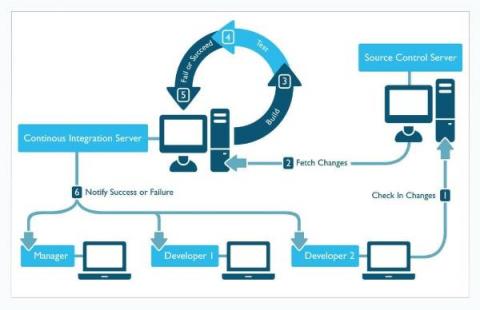Break Silos and Foster Collaboration with DevOps
DevOps is a well established discipline. By now, most developers, IT engineers and site reliability engineers (SREs) have heard all about the importance of “breaking down silos” and achieving seamless communication and collaboration across all stakeholders in the continuous integration/continuous delivery (CI/CD) process — which extends from source code development through production environment management and incident response.



